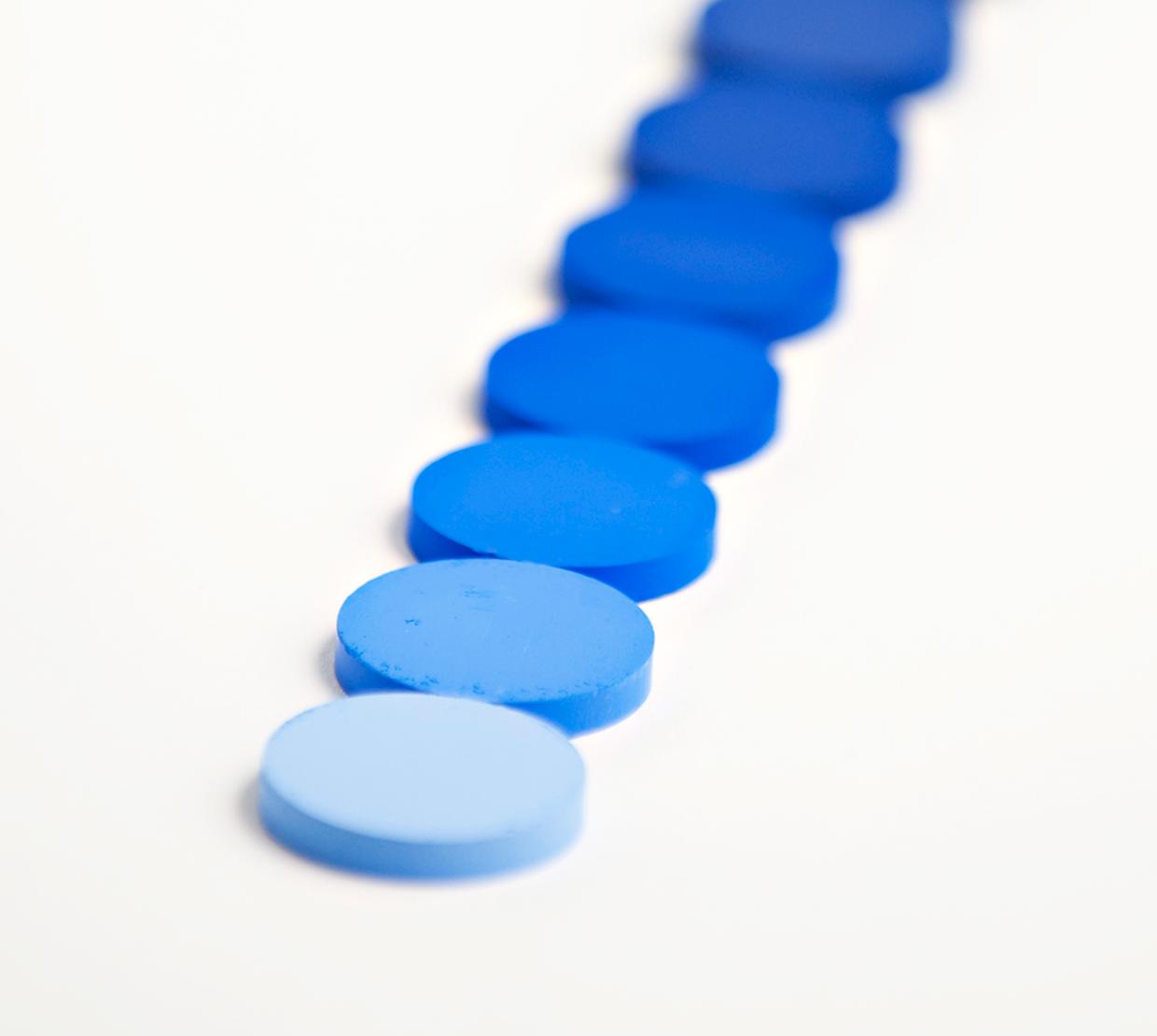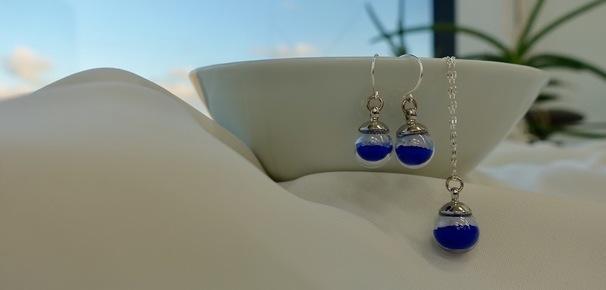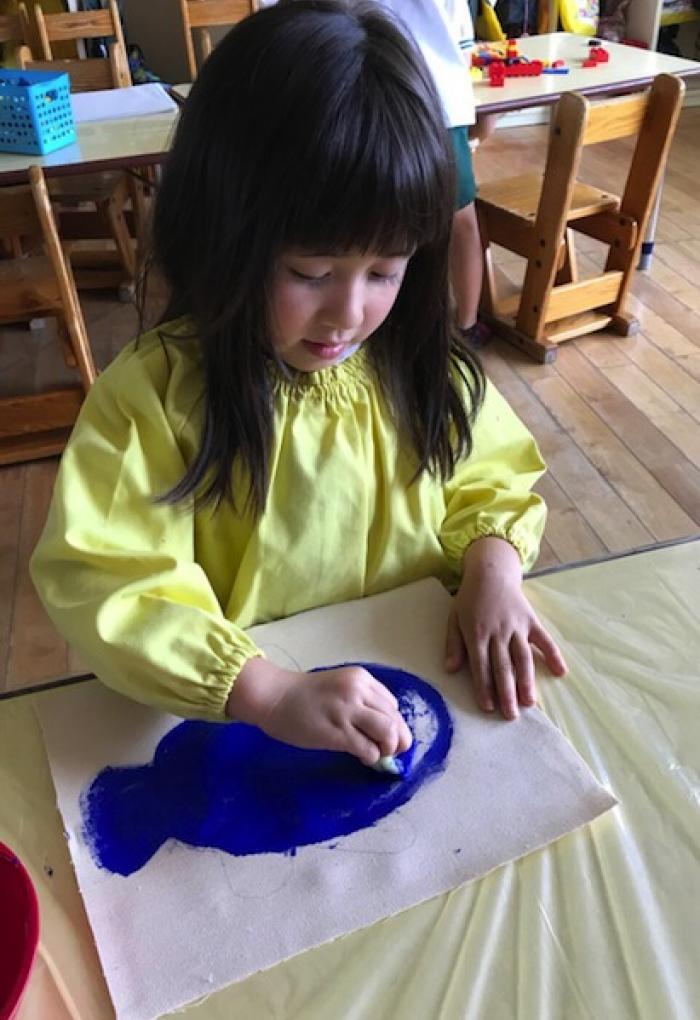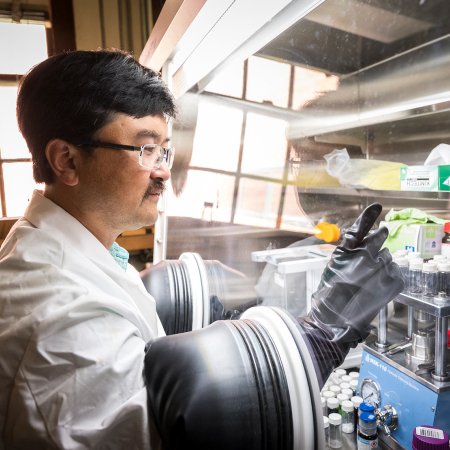In A Field Guide to Getting Lost, author and essayist Rebecca Solnit says of the color blue: “The world is blue at its edges and in its depths. For many years, I have been moved by the blue at the far edge of what can be seen, that color of horizons, of remote mountain ranges, of anything far away.” Writers, poets and artists have associated blue with infinity, eternity, vastness and open spaces. It is fitting then that YInMn blue—the pigment discovered in 2009 by Oregon State University chemist Mas Subramanian—has become a part of new beginnings in northeastern Japan that was rocked by the 2011 earthquake and tsunami.
Two beaches along the Tohoku coast in Soma City, located close to the Fukushima nuclear power plant, reopened after seven years on July 21, 2018. Tests conducted by Soma officials since 2015 have shown the amount of radioactive material in the ocean to be at safe levels. A city always known for a close relationship with its beautiful beaches and ocean, Soma was finally ready to reopen its beaches to the public this year.
The opening featured a resplendent concert stage decorated with beach flags and artwork by children that were painted with an exact replica of YInMn blue created by the Japanese paint company Holbein and christened Soma Blue.








